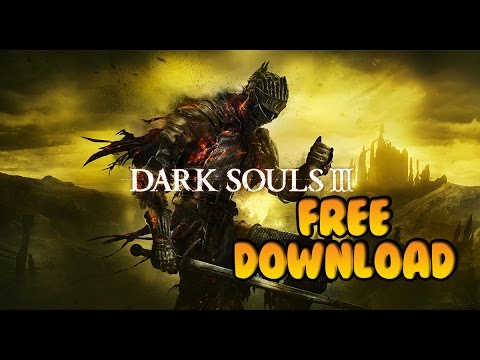

Results There were 22 men and 38 women in the experimental group (mean age, 39.9 years) and 25 men and 35 women in the control group (mean age, 40.5 years). Main Outcomes and Measures Primary outcomes were pain (pressure pain thresholds, numeric rating scale, and central sensitization inventory) and function (pain disability index and mental health and physical health). Interventions Participants were randomized into an experimental group (combined pain neuroscience education and cognition-targeted motor control training) and a control group (combining education on back and neck pain and general exercise therapy).
#PROGRAM EXPLAIN PAIN BUTLER MOSELEY PDF TO WORD TRIAL#
Objective To compare pain neuroscience education combined with cognition-targeted motor control training with current best-evidence physiotherapy for reducing pain and improving functionality, gray matter morphologic features, and pain cognitions in individuals with chronic spinal pain.ĭesign, Setting, and Participants Multicenter randomized clinical trial conducted from January 1, 2014, to January 30, 2017, among 120 patients with chronic nonspecific spinal pain in 2 outpatient hospitals with follow-up at 3, 6, and 12 months. Importance Effective treatments for chronic spinal pain are essential to reduce the related high personal and socioeconomic costs.


Pain Neuroscience Education Combined With Cognition-Targeted Motor Control Training Is Effective for Increasing Pain Pressure Thresholds (A) and for Reducing Self-Reported Symptoms of Hypersensitivity for Nonmusculoskeletal Stimuli (B Central Sensitization Inventory), Compared to Best Evidence Physiotherapy in Patients with Chronic Spinal Pain (n=120)ĮFigure 2. Effect of Physiotherapy Treatment on Gray Matter Cortical Thickness and Subcortical Volumes in People With Chronic Spinal Pain (n=120)ĮFigure 1. Main Differences Between the Two Treatment ArmsĮTable 2.

Detailed Information on MRI Scan and Preprocessing of MRI Data in FreeSurferĮTable 1.


 0 kommentar(er)
0 kommentar(er)
